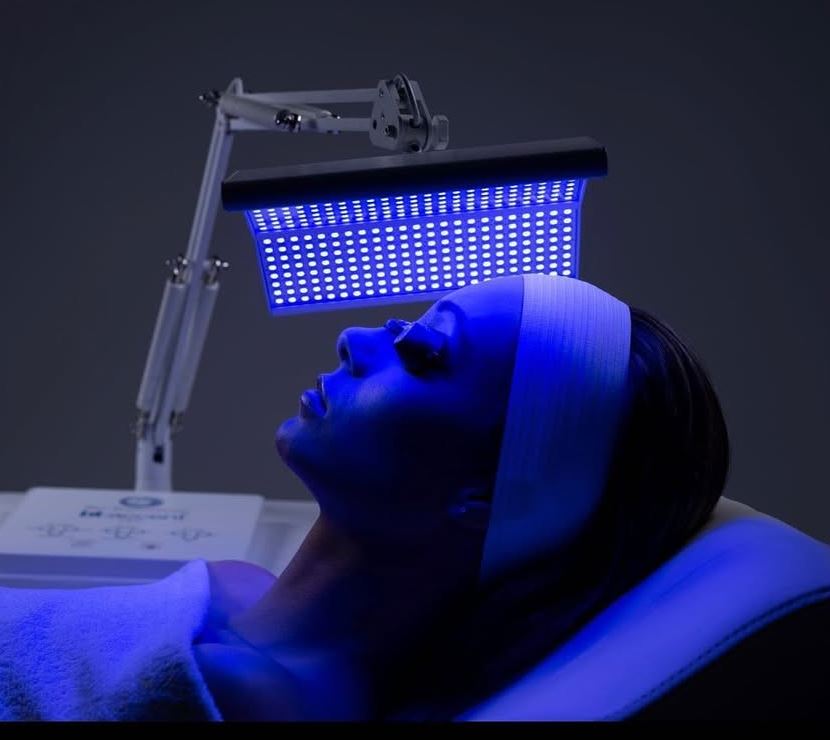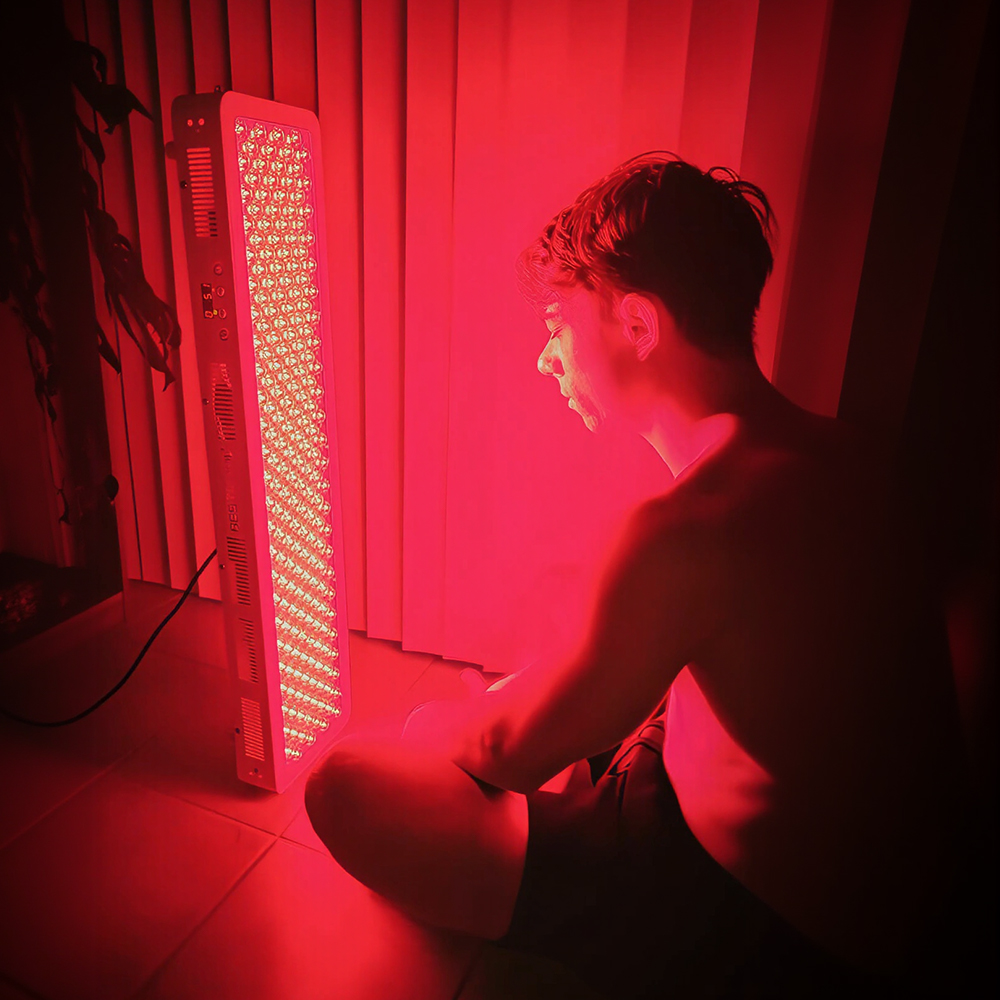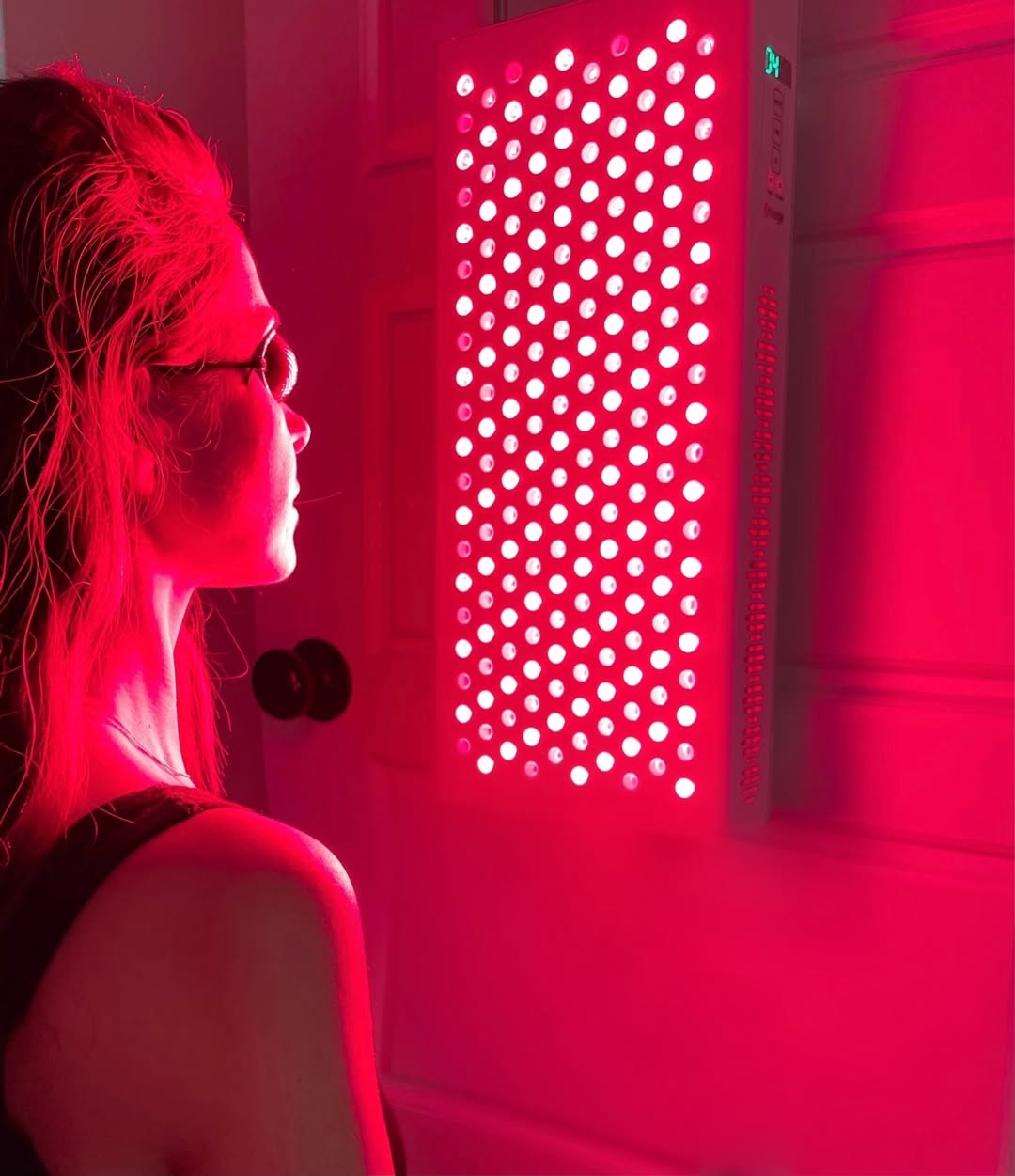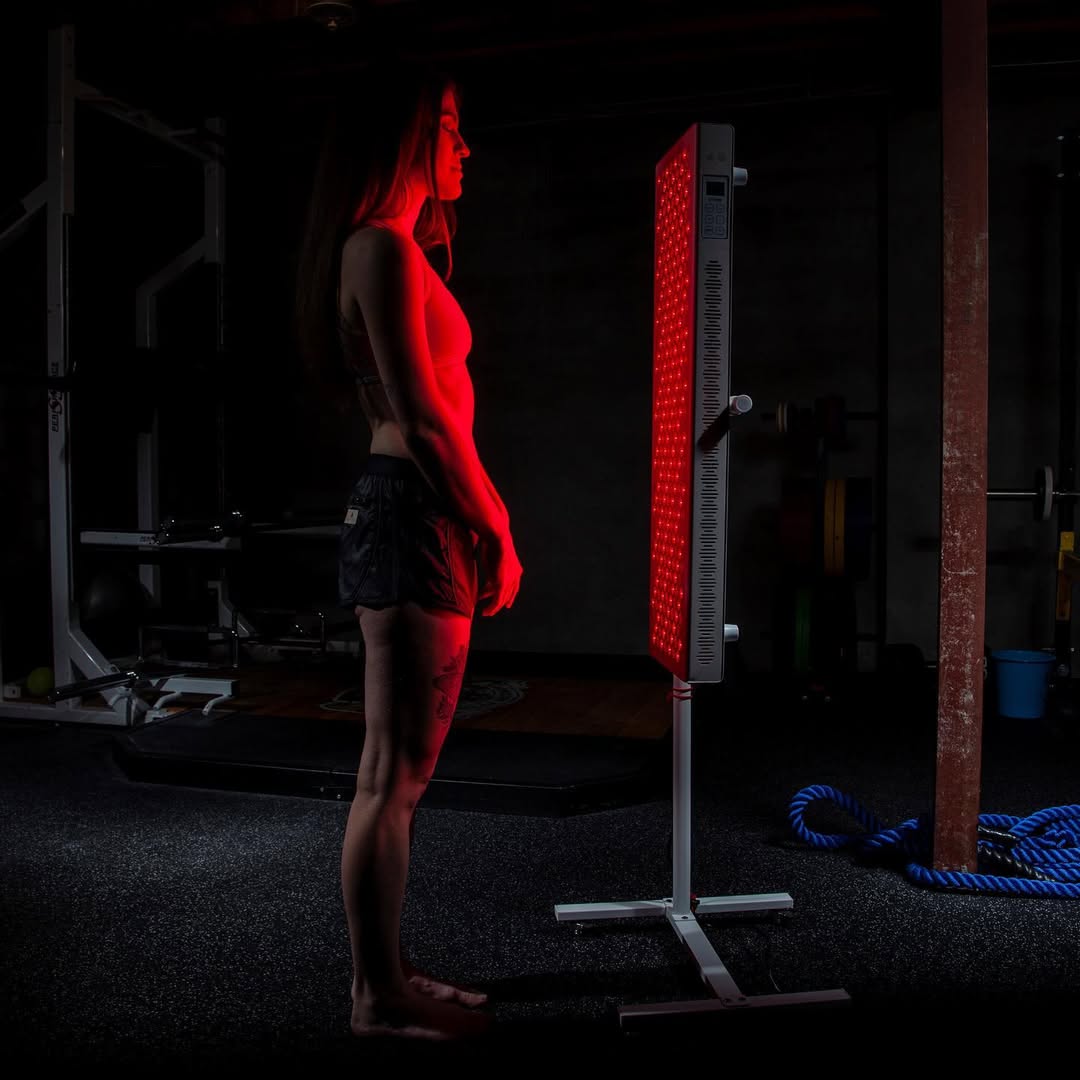![]() Free Shipping
Free Shipping ![]() Buy Now, Pay Later
Buy Now, Pay Later ![]() Eligible
Eligible
450nm Wavelength Health Effects Cheatsheet: The Truth About Blue Light

In today’s digital age, we are constantly exposed to artificial light sources—smartphones, LED screens, and energy-efficient lighting—many of which emit blue light at around 450nm wavelength. But what does this mean for our health?
This 450nm Wavelength Health Effects Cheatsheet will explore:
✔ What is 450nm light?
✔ Positive effects of blue light
✔ Negative health impacts
✔ Who is most at risk?
✔ How to protect yourself
Let’s dive in!
1. What is 450nm Wavelength Light?
The 450nm wavelength falls within the blue-violet spectrum of visible light (380nm–500nm). It is emitted by:
- LED screens (phones, computers, TVs)
- Fluorescent & LED lighting
- Natural sunlight (though in much lower intensity than artificial sources)
This wavelength is particularly high-energy, meaning it can penetrate deep into the eye and potentially affect our circadian rhythm, vision, and long-term eye health.
2. Positive Effects of 450nm Blue Light
Not all blue light is bad! In moderation, 450nm light has benefits:
✅ Boosts Alertness & Cognitive Function
- Studies show that blue light exposure can enhance reaction times, memory, and mood by stimulating brain activity.
- Used in light therapy for Seasonal Affective Disorder (SAD).
✅ Regulates Circadian Rhythm (During Daylight)
- Natural blue light from the sun helps maintain a healthy sleep-wake cycle.
- Exposure in the morning can improve daytime energy levels.
✅ Used in Medical Treatments
- Blue light therapy (415–450nm) treats acne by killing bacteria.
- Helps in neonatal jaundice treatment (phototherapy).
3. Negative Health Effects of Excessive 450nm Exposure
While beneficial in moderation, prolonged exposure to 450nm light—especially at night—can cause harm:
❌ Digital Eye Strain & Retinal Damage
- Short-term effects: Dry eyes, blurred vision, headaches (Computer Vision Syndrome).
- Long-term risks: Some studies suggest cumulative blue light exposure may contribute to age-related macular degeneration (AMD) by damaging retinal cells.
❌ Disrupted Sleep & Melatonin Suppression
- Blue light at night tricks the brain into thinking it’s daytime, reducing melatonin (the sleep hormone).
- This leads to insomnia, poor sleep quality, and fatigue.
❌ Potential Increased Risk of Chronic Diseases
- Poor sleep from blue light exposure is linked to:
- Obesity (due to metabolic disruption)
- Diabetes (insulin resistance)
- Depression & anxiety (circadian misalignment)
❌ Children & Teens Are More Vulnerable
- Kids’ eyes absorb more blue light than adults.
- Excessive screen time may contribute to myopia (nearsightedness) and attention issues.
4. Who is Most at Risk?
Some groups should be extra cautious with 450nm exposure:
- Night shift workers (disrupted circadian rhythm)
- Gamers & office workers (long screen time)
- Children & teenagers (developing eyes)
- People with pre-existing eye conditions (AMD, glaucoma)
5. How to Protect Yourself from Harmful 450nm Light
🔹 Reduce Screen Time & Use Blue Light Filters
- Enable Night Mode / Blue Light Filter on devices.
- Use blue-blocking glasses (especially at night).
🔹 Adjust Lighting
- Use warm white LEDs (2700K–3000K) instead of cool blue-rich lights.
- Avoid screens 1–2 hours before bed.
🔹 Follow the 20-20-20 Rule
Every 20 minutes, look at something 20 feet away for 20 seconds to reduce eye strain.
🔹 Eat Eye-Protective Nutrients
- Lutein & Zeaxanthin (found in leafy greens, eggs) help filter blue light.
- Omega-3s (fish, flaxseeds) support retinal health.
Final Thoughts: Balance is Key
450nm blue light is neither all good nor all bad—it’s about how much and when you’re exposed.
✅ Daytime exposure = Beneficial (boosts energy, mood, focus)
❌ Nighttime exposure = Harmful (disrupts sleep, strains eyes)
By making small adjustments—like using blue light filters, reducing screen time before bed, and protecting your eyes—you can enjoy technology without sacrificing health.
Did you find this cheatsheet helpful? Share it with someone who spends too much time on screens! 📱💙
References & Further Reading:
- Harvard Medical School: Blue Light Has a Dark Side
- American Academy of Ophthalmology: Digital Devices and Eye Strain
- National Sleep Foundation: How Blue Light Affects Sleep






